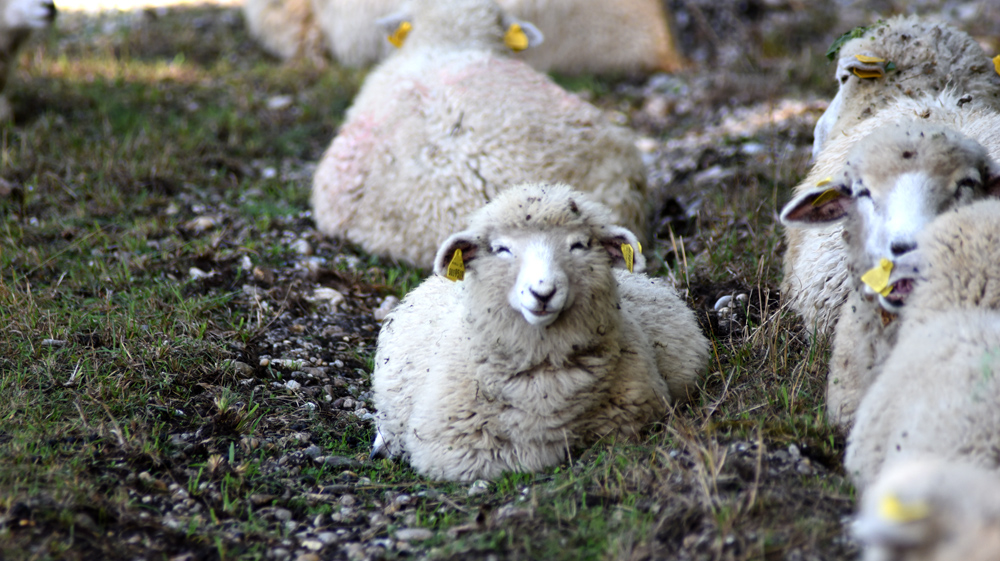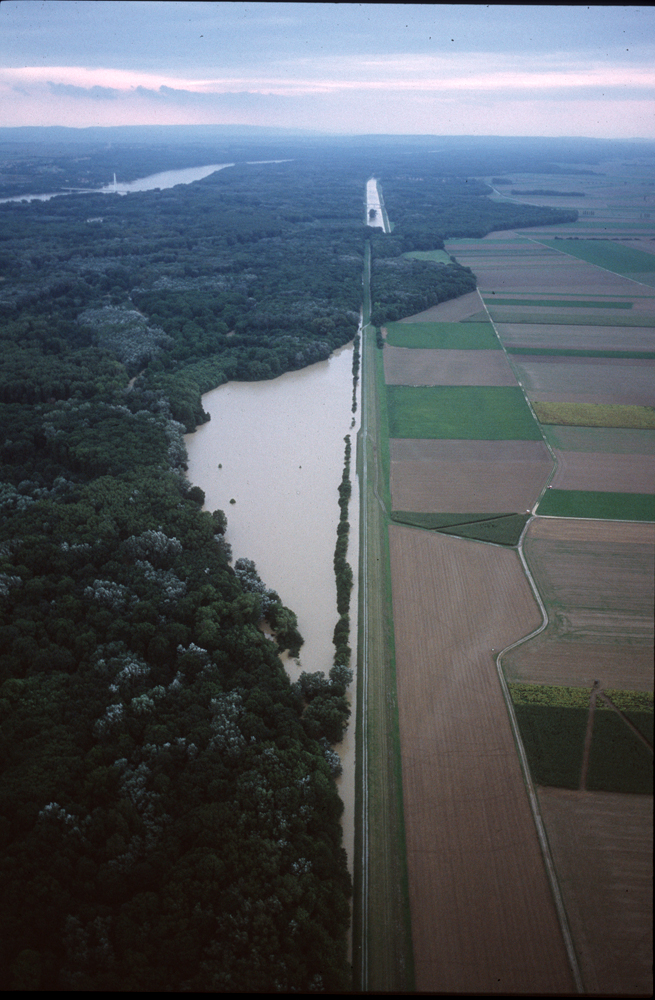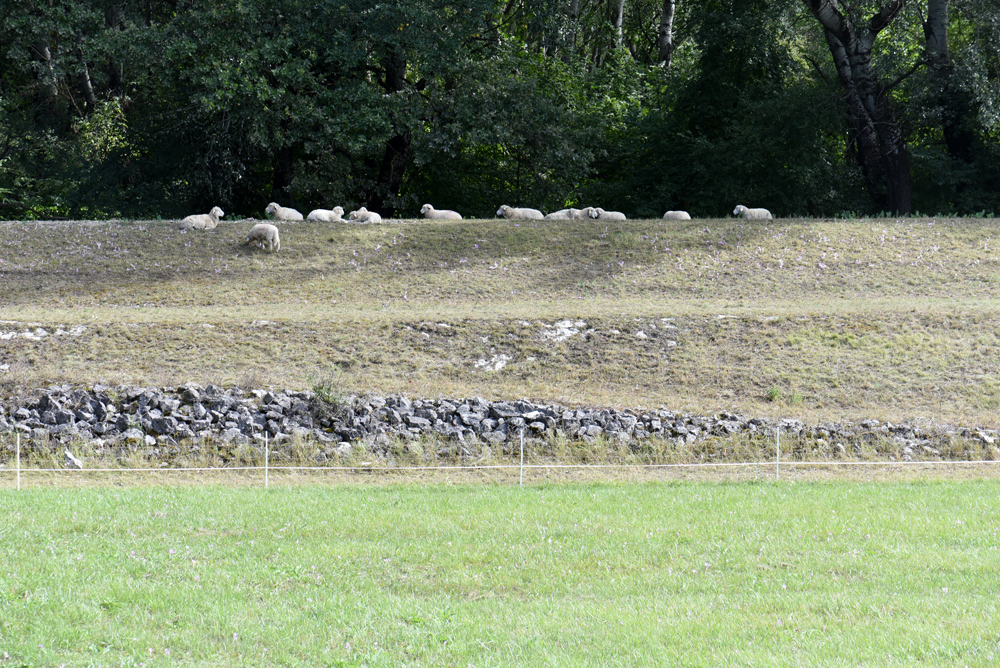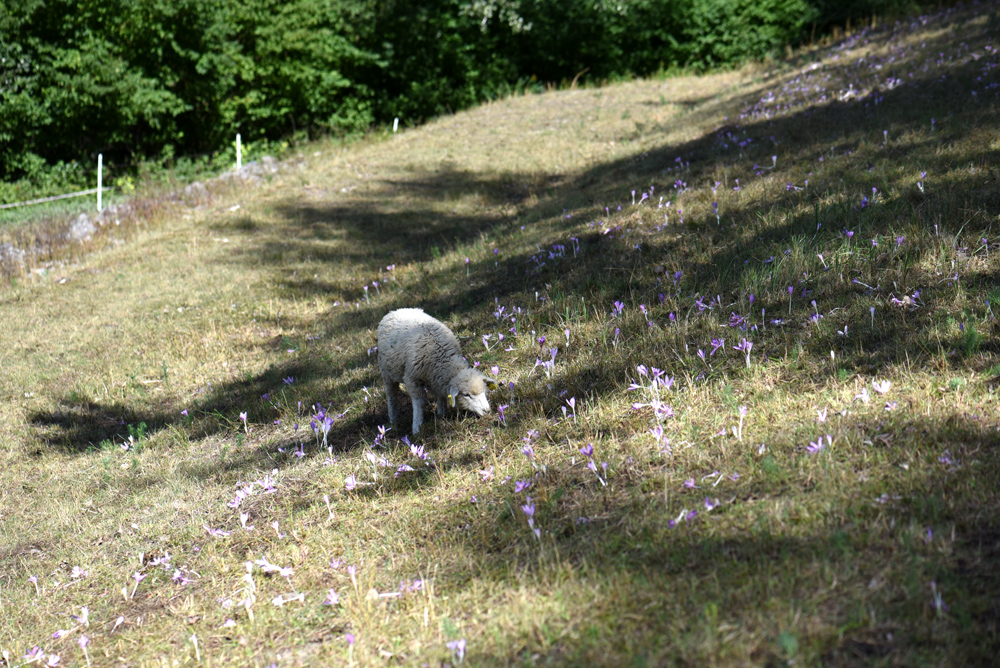DANUBEparksCONNECTED - The sheep arrived !
26-09-2017
The sheep arrived !

Photos: NPDA
A small herd of sheep from Slovakia arrived in Stopfenreuth, Austria (Nationalpark Donau-Auen).
They crossed the border to maintain the dyke called “Marchfeldschutzdamm”. The dyke is an interesting manmade habitat for animals and plants who relate on dry habitats. Dry habitats are rare, but usual terrains in pristine floodplains. Due to regulations of rivers, as the river Danube during the 19th century in Austria, a lot of diverse habitats got lost. This successive deprivation is still ongoing and leads also to a lack of places for rare species to live. The dyke takes up a special role for some rare plants and animals.


Photo: "Marchfeldschutzdamm" dyke with sheep
It was designed to protect the surrounding villages from floods, but also had a beneficial side effect. Due to artificial maintenance and keeping the dyke free of bushes, “Marchfeldschutzdamm” developed to a “second hand” dry habitat.
For nature conservancy, the dyke is now an important “green corridor” between dry habitats along the river Danube.
But preservation is costly and difficult. For many years now the DANUBEPARKS partner “Donau-Auen National Park” and “via donau- Österreichische Wasserstraßen-Gesellschaft” were trying to combine flood protection with nature conservation in the best way possible.
The DANUBEparksSCONNECTED project, funded by EU-Danube Transnational Programme now brings the two neighboring countries together and unites their experience to keep the grass low and maintain the dyke.
The sheep just simply graze and the profits are remarkable.
They keep the grass flat, therefore rare orchids can grow.
They keep the grass flat, therefore the nearly threatened European pond turtles can find spots to breed.
Their weight is perfect for the “golden step”. Sheep walking on the dyke lead to a good compression of the soil and stabilizes it.
And the best part is they’re doing it for free.


Photo: the European pond turtle (Emys orbicularis) and bee orchid (Ophrys apifera) are just a few examples for nature coservation sheep.
Sheep are rare in eastern Austria, but common in Slovakia. Therefore DANUBEparksCONNECTED together with Donau-Auen National Park and the Slovakian nature conservation organization BROZ initiated this pilot project to bring Slovakian knowledge to Austrian ground. Slovakian Sheep to Austrian dykes.

Photo: Sheep grazing
Sheep grazing on the “Marchfeldschutzdamm” dyke are a beautiful example how agriculture and sustainability can have a value for nature and humans. The sheep conserve the rare dry habitats and protect rare species but also help to improve the dykes’ stability as a flood protection.
If this pilot project succeeds, maybe even more sheep will join the project next year.

